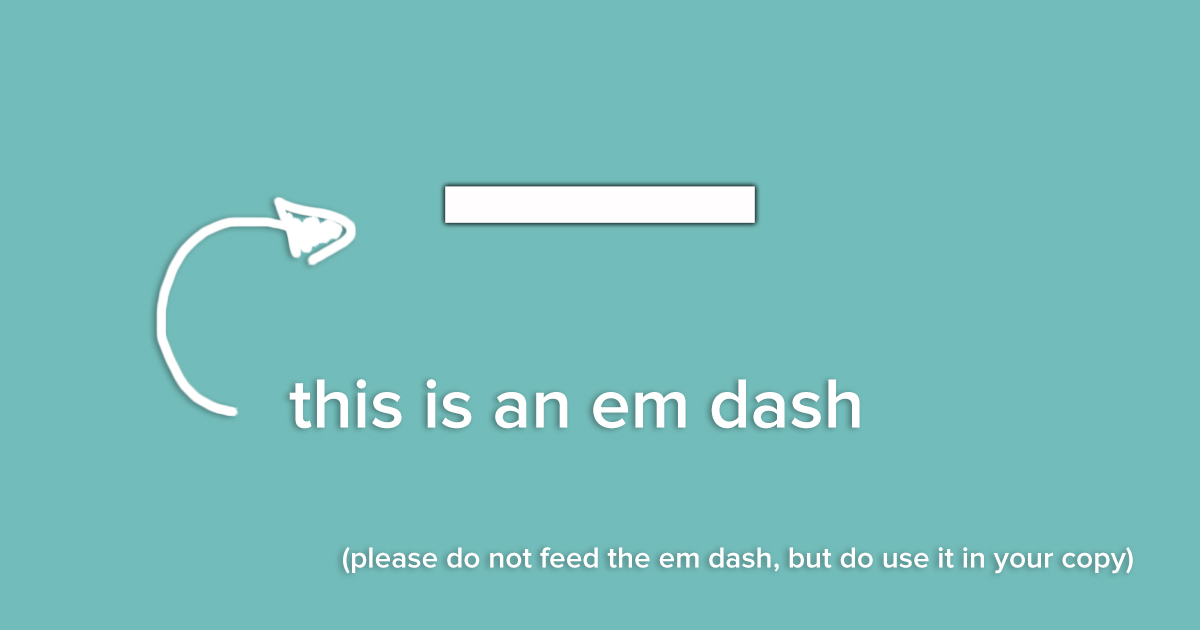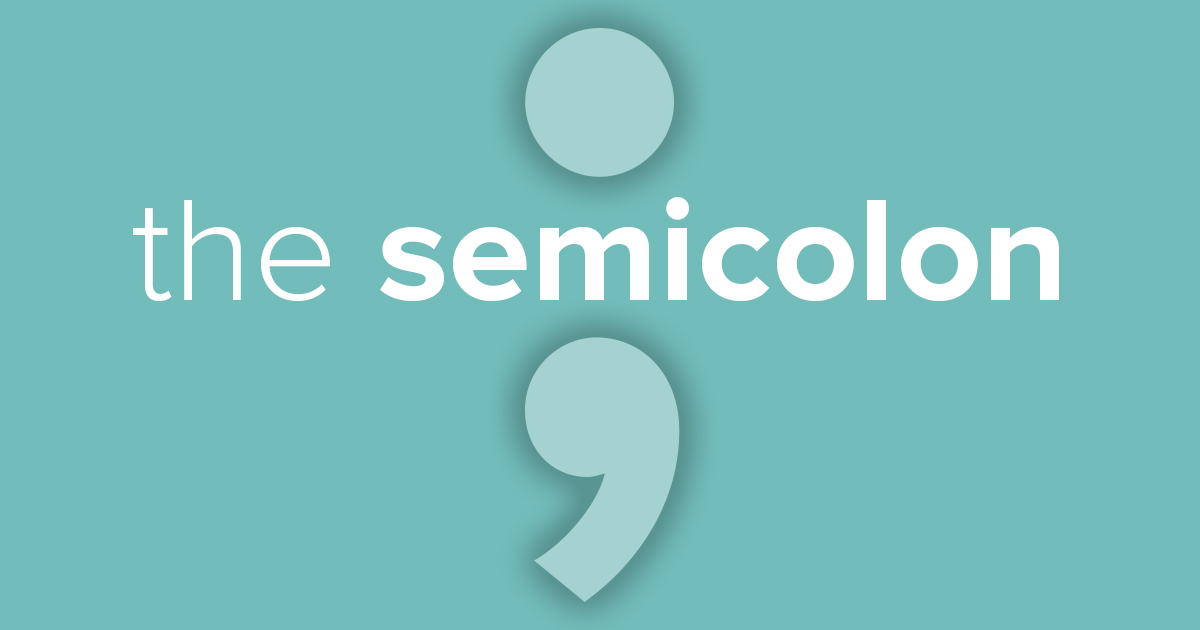What exactly is a hyphen?
According to Grammarly, it’s “a punctuation mark that’s used to join words or parts of words. It’s not interchangeable with other types of dashes.”
So far so good. But here’s the thing, we often get asked by clients about our hyphen use in their B2B content. Namely when it appears as if we’re being inconsistent in its use with compound modifiers.
Given how confusing the rules around correct hyphen use are, that’s totally understandable. But to help mitigate future confusion, we thought it would be fun to write a bite-sized hyphen primer.
The common modifier rule explained
A compound modifier is when two words work together to describe a noun.
Take a look at this sentence:
“The PlayStation 2 can perform real-time rendering of large 3D worlds.”
The words “real” and “time” work together to describe the rendering and so they make a compound modifier. When a compound modifier comes before the word that it’s modifying, it’s hyphenated.
So does that make the following sentence wrong?
“The PlayStation 2 can render large 3D worlds in real time.”
No. In this example the compound modifier comes after the word it’s modifying. No hyphen required. It’s as simple as that.
And helpfully, it’s a rule that applies to both UK and US English.
However, like any rule in the English language, there are exceptions – and they come in the form of adverbs.
Some adverbs do follow the compound modifier rule: a fast-acting ninja for example.
The exception comes when an adverb ends “ly” – like in these highly complicated grammar rules. (On the subject of highly complicated grammar rules, you don’t use a hyphen when compounding “very”. But let’s not get into that – this has already become a very convoluted section.)
What about prefixes?
As a rule, you don’t need a hyphen for prefixes. Take restart, antimatter, misunderstand, disappear – none of these words are hyphenated.
You may be thinking, what about the likes of “re-enter”’ or “anti-intellectual” – why do they always have hyphens? That’s because the prefix ends and the base word begins with the same vowel, and without a hyphen, they just look bizarre: reenter, antiintelectual – horrible. This is definitely one of those rules that’s about making writing easier to read.
The same can be said of compound words that may mislead or confuse the reader without a hyphen. In some cases, it may be safer to use a hyphen even if it breaks the compound modifier rule, such as:
“Our new cloud solution is super cost-effective.”
Ideally, you shouldn’t be using a hyphen there, but without it, it might be a little tricky to read.
And sometimes, your hyphenation choices can alter the meaning of your sentence:
“Radix Communication interviews mouse hunting estate agent.”
And then this one:
“Radix Communications interviews mouse-hunting estate agent.”
Just to state the obvious: the mouse was hunting the estate agent in the former, and the estate agent was hunting the mouse in the latter. And as you can now tell, correct hyphen use matters. So be vigilant, or risk incoherence.
No, no, no – that’s not right
As far as we know, that’s about all there is to it. But opinions, especially on subjects of punctuation, vary. If you feel we need putting to rights, that’s fine; tweet us @radixcom.
And don’t forget to sign up for our newsletter, so you don’t miss out on any of our copywriting tips.



